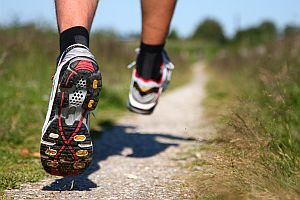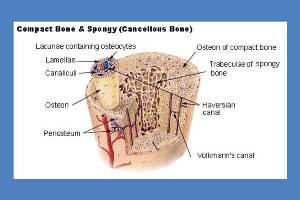Need a Good Night’s Rest? Try These Natural Approaches Before You Visit the Medicine Cabinet
 How well did you sleep last night? If you’re like nearly one third of American adults, the answer is probably “not that well.” Stress and distractions can make it difficult to nod off, but that doesn’t mean you have to turn to over-the-counter or prescription sleep aids to get the rest you need. Consider these natural sleep aids as a way to get some shut-eye.
How well did you sleep last night? If you’re like nearly one third of American adults, the answer is probably “not that well.” Stress and distractions can make it difficult to nod off, but that doesn’t mean you have to turn to over-the-counter or prescription sleep aids to get the rest you need. Consider these natural sleep aids as a way to get some shut-eye.
Create a Restful Environment and Routine
Creating an environment that is conducive to sleep is an effective way to drift off naturally. This includes making sure your bedroom is dark, quiet, and at a comfortable temperature, as well as following a bedtime routine that helps you wind down and relax. Make sure your bed is comfortable–don’t be afraid to experiment with different pillows and mattress toppers to find the ones that work best for you. Avoid bright lights in the hour before you go to sleep (this includes computers, phones, and televisions). Read a book or take a warm bath before bed to help you relax and get ready to rest. Establishing this type of routine will make it easier to transition from wakefulness to sleep.
Try Chamomile Tea
Chamomile is a traditional herbal remedy that has been used for millennia as a solution for sleeplessness. It is a safe, mild sleep aid that can be a relaxing part of a bedtime routine. If you are taking any other medicinal sleep aids, be sure to consult with your doctor before adding chamomile (or any other oral sleep aid) to your regimen.
Watch What You Eat
Your eating habits can impact your ability to fall asleep. If you rely on coffee to keep you going during the day, try eliminating caffeinated beverages in the ten hours leading up to bedtime. It is also a good idea to avoid eating large meals late at night. It takes your stomach quite a bit of work to digest rich food, which may prevent you from drifting off. Finally, be careful about how many liquids you consume in the last two hours before bed. Late night fluid consumption often leads to multiple bathroom trips, making it hard to settle down and fall asleep.
Consult with a Chiropractor
If you’ve tried these natural sleep solutions and still aren’t getting the rest you need, a chiropractor may be able to help. Interferences in the body’s central nervous system can create a stress response in your body, which makes it difficult to sleep. Chiropractic care can help to correct these interferences safely, allowing your body to function as it should. Chiropractors can also work with you to identify lifestyle factors that may interfere with your sleep patterns and help you create a plan to correct them.
Insomnia is a frustrating issue, but there are natural alternatives to visiting your medicine cabinet. In many cases, a combination of lifestyle changes and chiropractic care can help you find the rest you need.





 Can eating lots of carrots really improve your eyesight? Not exactly, but carrots do contain something called provitamin A carotenoids. These are pigments found in some plants that can be converted by the body into vitamin A. And vitamin A actually is important to your vision.
Can eating lots of carrots really improve your eyesight? Not exactly, but carrots do contain something called provitamin A carotenoids. These are pigments found in some plants that can be converted by the body into vitamin A. And vitamin A actually is important to your vision.

